Can Coronavirus Live On Shoes And Be Brought Into Our Homes?
Even as we learn more each day about the COVID-19 pandemic, new questions arise about how coronavirus can affect every aspect of our lives.
These concerns include how to wash and disinfect clothing and how to wash our hands. However, shoes are a growing area of concern because they are points of contact in crowded public places, such as in grocery stores.
Some of this burgeoning information can be misleading. It’s important to stick with the facts, so we tapped a handful of experts (doctors and infectious disease specialists) to answer questions about shoes and coronavirus.
TL;DR: How worried do we need to be about getting coronavirus from our shoes?
Despite evidence that suggests that the COVID-19 virus can live on surfaces for days, public health specialist Carol Winner said to keep in mind that there is no proof right now that coronavirus comes into the house on shoes.
This makes it important to follow the Centers for Disease Control and Prevention’s recommendations to wash your hands thoroughly (at least 20 seconds), work from home if you can and avoid touching your face.
“There is no evidence to say that the coronavirus comes into the house from shoes,” she told HuffPost. “Pragmatically, they are on the body part furthest from our face, and we do know that the greatest risk of transmission is person to person, not shoe to person.”
But coronavirus has been studied so little. How long COULD it live on shoes?
Though the CDC suggests that COVID-19, the disease caused by the new coronavirus, is thought to be spread person-to-person through respiratory droplets, there is evidence the virus is able to live on surfaces.
A study published by the National Institutes of Health, for example, showed that the virus can live on cardboard for 24 hours and for two to three days on stainless steel and plastic.
However, shoes can be a potential source of contamination, according to family practitioner Georgine Nanos, especially if they’re worn in heavily populated areas (in grocery stores, on mass transit, etc.) and in workplaces.
“As of today, we believe coronavirus can live on surfaces for up to 12 hours, potentially longer,” Nanos said. “And this definitely includes shoes.”
Infectious disease specialist Mary E. Schmidt said the time can actually be five days or more (according to studies done on materials closely related to shoe materials at room temperature).
Are some shoe materials more susceptible to the virus?
Respiratory droplets containing coronavirus can certainly land on footwear, according to Winner, who explained that some synthetic materials, such as spandex, can allow the virus to remain viable for a few days.

Shoes made with plastics and synthetic materials can carry an active virus for days, but she noted that more research is needed.
“We’ve learned from the National Institute of Allergy and Infectious Diseases that coronavirus can remain active on some surfaces, like plastic, for up to two to three days,” Winner said. “This suggests that viruses deposited on shoes made of plastic could retain the active virus for a few days,” and they could dry out sooner on natural fibers.
However, whether you wear sneakers or work boots, emergency physician Cwanza Pinckney stressed, it’s important to paying attention to the sole.
“The sole of the shoe is the breeding ground of more bacteria and fungi and viruses than the upper part of a shoe,” Pinckney explained.
Soles are typically made of non-porous materials, such as rubber, leather and PVC compounds, and can carry high levels of bacteria, according to a study published by Charles Gerba, a microbiologist and professor at the University of Arizona.
The 2008 study indicated that the average shoe sole is covered with 421,000 bacteria, viruses and parasites. But Pinckney suggested not stressing over this figure too much: Those hitchhikers can also allow humans to develop immunity to the pathogens over time.
“Instead of worrying, just be mindful that many of these bacteria influence and allow us to develop immunity,” she told HuffPost.
What kind of shoes should I wear at work?
If you are still required to report to work, Pinckney suggested dedicating a pair of shoes (and socks) just for work. This helps prevent tracking the virus into the house, she explained, when workers change into clean shoes at home.
“I recommend having a dedicated pair of shoes to go out in and then a clean pair to change into before entering the house,” Pinckney told HuffPost. “Health care workers are always mindful to change shoes [and put work shoes in bags] before getting in the car and going home.”
Schmidt recommended wearing shoes that are machine washable.
How should I clean my work shoes?
When it comes time to clean your work shoes, Nanos advised wiping them down with disinfecting cloths frequently.
Additionally, she recommended washing your shoes if they are machine washable or cleaning them with hot water and soap if you have nothing else in the house.
“Wiping down your shoes is probably most effective when using an alcohol-based wipe,” she said. “You can also wash your shoes on a short cycle in the washing machine, and use hot soap and water if you don’t have anything else to use.”
Winner also suggested Lysol can be used to inactivate viruses that adhere to your shoes but warned against using it on shoes made with natural materials. It can damage the finish of your shoe, she added.
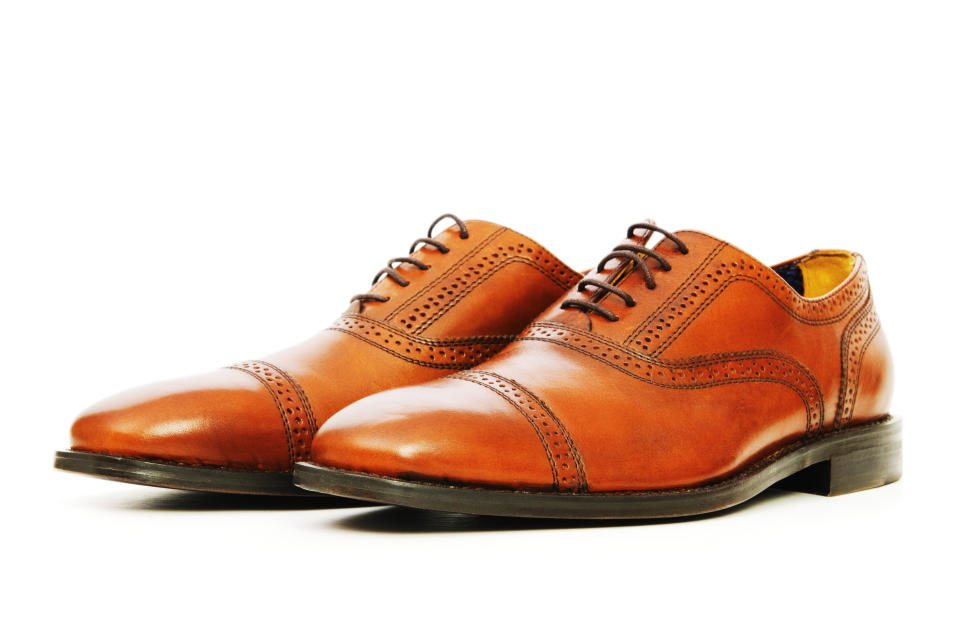
“Avoid natural materials, including leather, as it can damage the finish,” she explained. “Remember that cleaning can get the virus on rags, towels and your hands, so the best protocol is less cleaning and more air.”
However, Winner stressed that viruses are different from bacteria, making it important to use the right cleaning and disinfecting products.
“The coronavirus, like all viruses, is made up of mostly nucleic acid, some protein and lipid,” she added. “Viruses can be inactivated by heat, cleaning solutions like Clorox, and soap and water. Soap alters lipids, and disinfectant oxidizes and heat denatures proteins.”
Where should I leave my work shoes when I get home?
Winner advised taking off your shoes before you enter the house any time you’ve gone outside to work or to a public place. This can help prevent the virus from being tracked inside, she added.
“If you can leave them in your garage or in your entryway, that would be ideal, as you don’t necessarily have to leave them outside,” she said. “The idea is to just not track them throughout the house.”
Nanos said that there currently isn’t enough information on how the virus behaves in different weather. She stressed it’s important to still wash your hands each time you touch your work shoes.
“The cold air probably will not make a difference, as we do not know a lot of information about how this virus behaves with weather changes,” she said. “In fact, during the winter months seems to be when COVID-19 is thriving.”
Should I approach children’s shoes differently?
Since children tend to put their hands in their mouth frequently, parents of small children should take extra precautions when it comes to removing shoes, according to Winner.
“Really small children are known to play on the floor a lot and put their hands in their mouth, so taking extra precautions with them is always a good idea,” she explained. “Have them remove their shoes at the door, minimize hand contact with the shoes and have them wash their hands immediately when coming into the house.”
However, if this doesn’t work, Schmidt also suggested hiding children’s shoes.
“You have to hide the shoes from small children to ensure they don’t touch them,” she told HuffPost. “Teach them not to touch shoes unless they are designated indoor shoes, as shoes are the dirtiest objects we have in our homes, other than the toilets.”
A HuffPost Guide to Coronavirus
Read our live blog for the latest updates from HuffPost reporters around the world
The world is facing a crucial test this week in flattening the curve
8 things people diagnosed with coronavirus want you to know
Doctors answer the most common coronavirus questions
Health care workers are struggling with a shortage of protective gear
27 comfort shows to watch while self-isolating
10 ways to practice solidarity while social distancing
What coronavirus questions are on your mind right now? We want to help you find answers.
Related...
How Long Coronavirus Lives On Clothes, And How To Wash Them
How Long Does Coronavirus Live On Skin, Hair And Nails?
How To Properly Cut And Clean Nails To Fight Against Germs
Also on HuffPost
Love HuffPost? Become a founding member of HuffPost Plus today.
Barr-Co. Fine Shea Butter Lotion
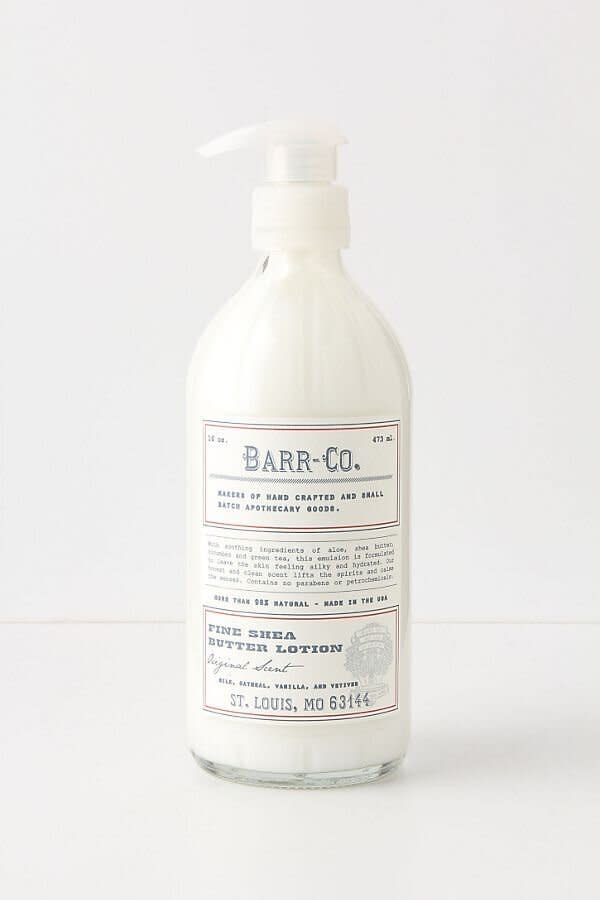
Find Barr-Co. Fine Shea Butter Lotion for $24 at Anthropologie.
Darphin All-Day Hydrating Hand & Nail Cream
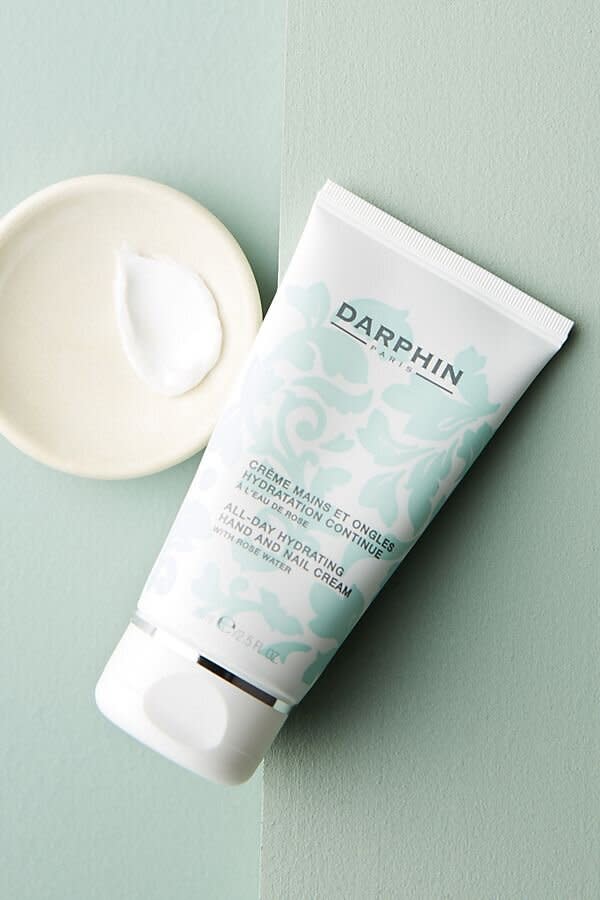
Find Darphin All-Day Hydrating Hand & Nail Cream for $23 at Anthropologie
Weleda Skin Food
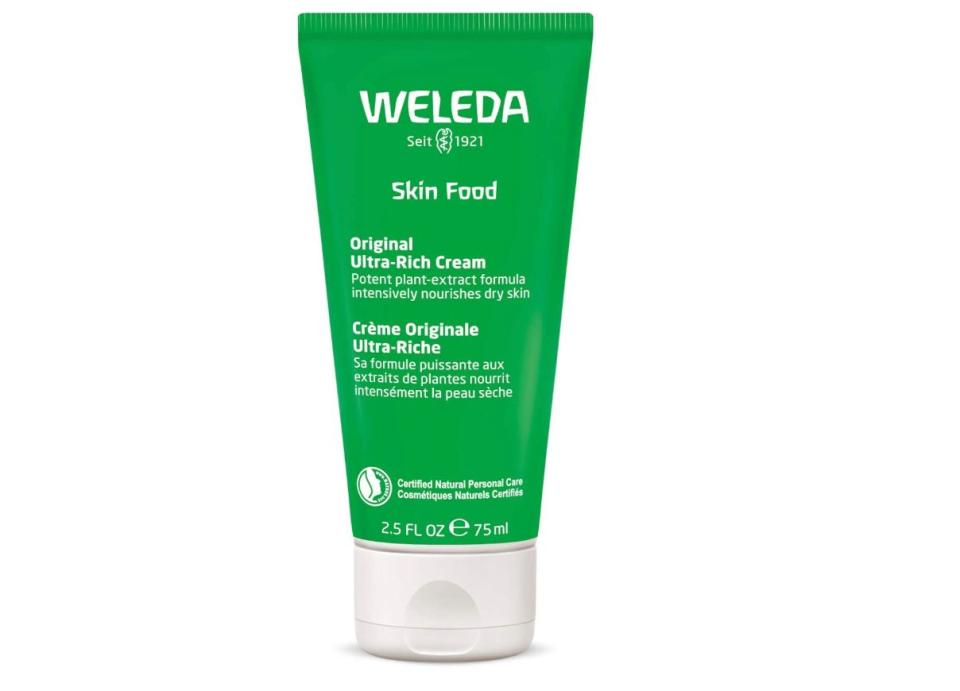
Find Weleda Skin Food for $13 on Amazon
Burt's Bees Almond and Milk Hand Cream
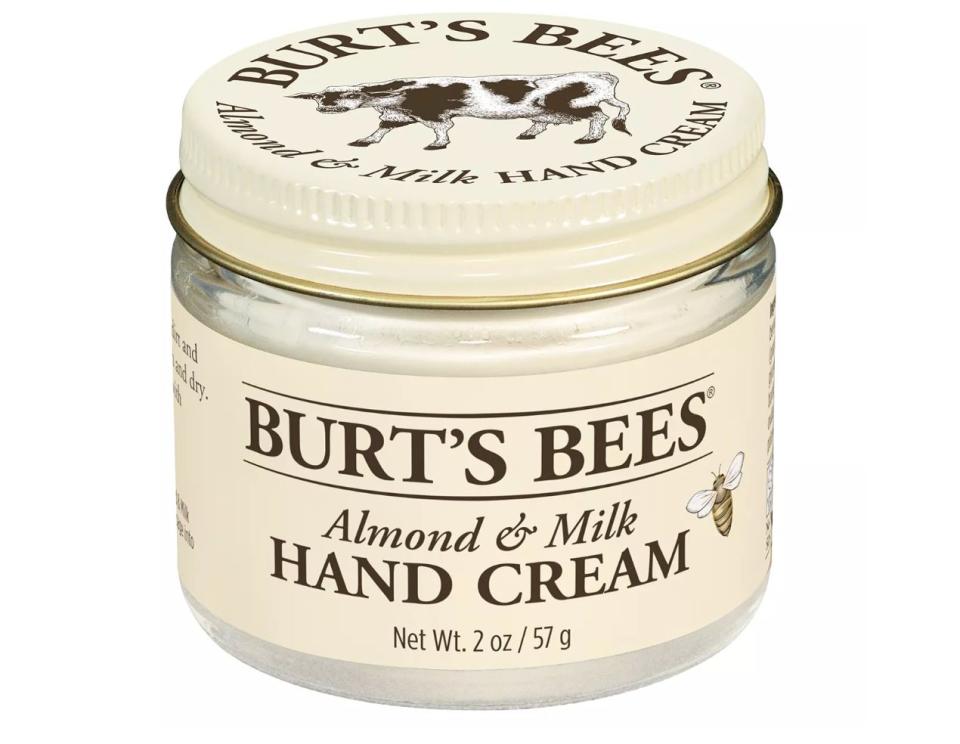
Find Burt's Bees Almond and Milk Hand Cream for $9 at Target
SKINFIX Eczema+ Hand Repair Cream
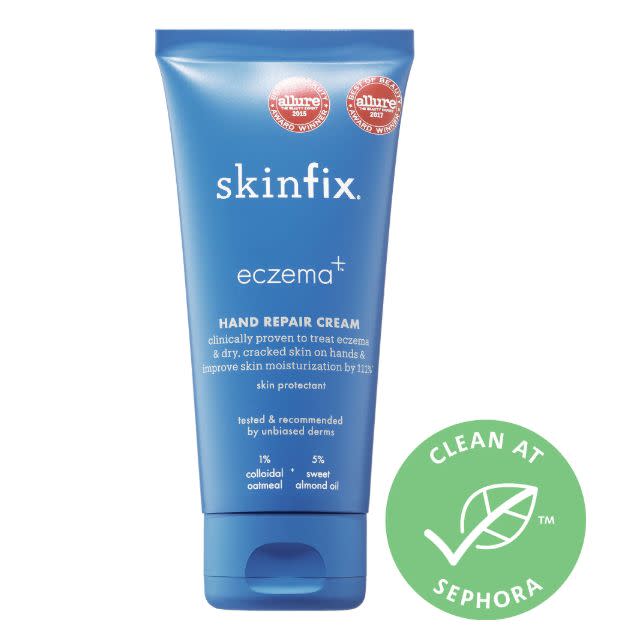
Find SKINFIX Eczema+ Hand Repair Cream for $18 at Sephora.
Miracle Hand Repair Cream
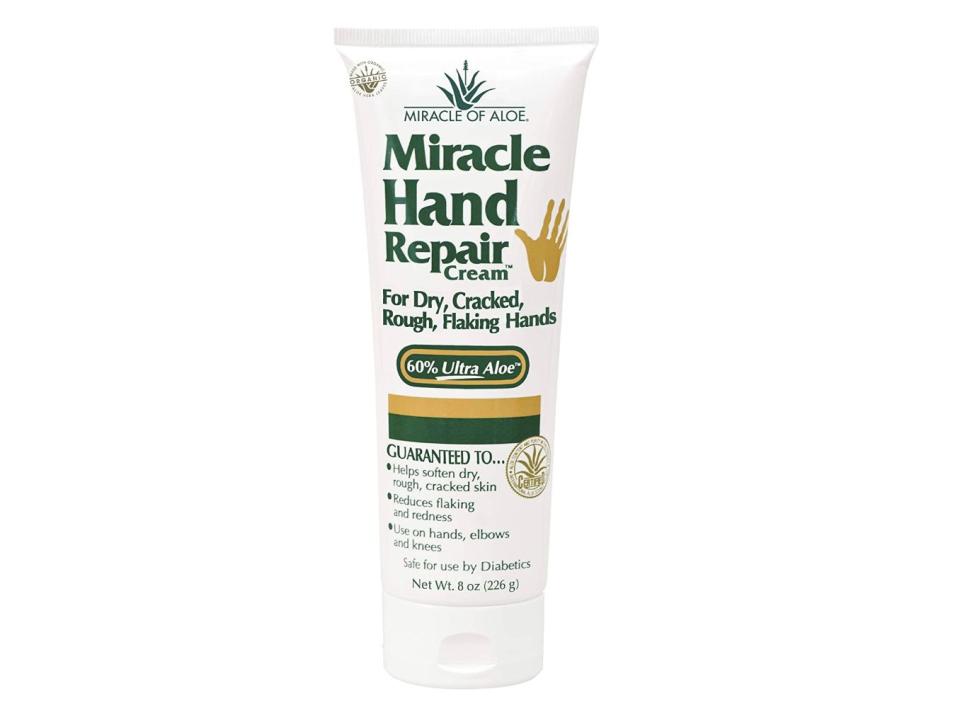
Find Miracle Hand Repair Cream for $10 on Amazon
Vaseline And Overnight Gloves
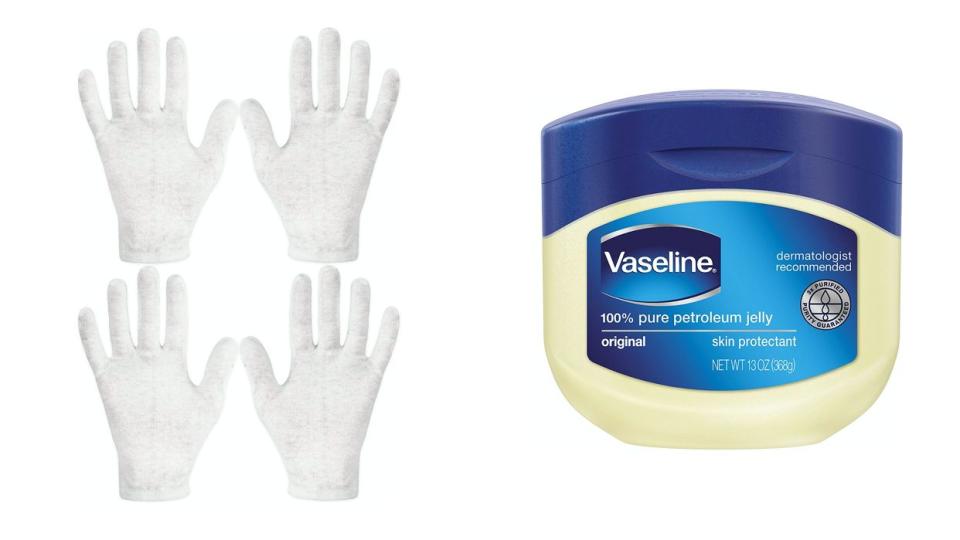
Find these Cotton Gloves ($7) and Vaseline ($15) on Amazon
This article originally appeared on HuffPost.


